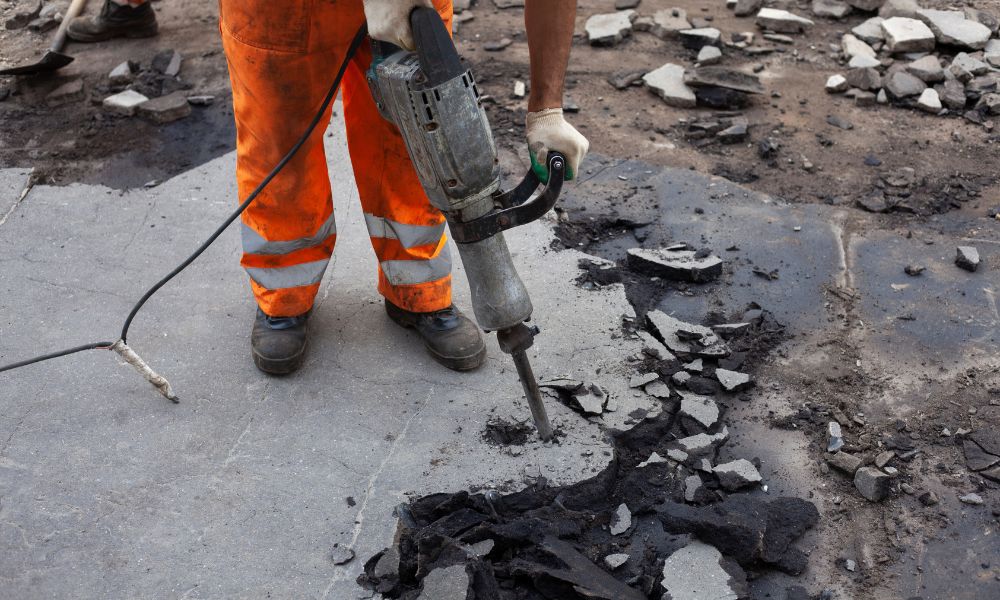
Efficiency, safety, and flexibility are vital in the modern construction world. Mobile scaffolding plays a major role in the construction industry as sites change and projects become more complex. Mobile scaffolding solutions have revolutionized construction. They provide a versatile and flexible way to gain access to elevated areas. This article examines mobile scaffolding and its significant role in contemporary construction practices.
Improved Safety Standards
Safety in construction is paramount, and mobile scaffolding systems have significantly improved safety standards. Safety is the main focus of these systems. Guardrails, toe boards, and non-slip surfaces are included to help prevent accidents. The systems are also designed to withstand diverse environmental conditions.
Furthermore, mobile scaffolding systems can be equipped with locking mechanisms to maintain stability during use. This eliminates accidents due to unintentional shifting or tipping. Mobile scaffolding allows contractors to comply with strict safety regulations while ensuring their employees’ well-being.
Adaptability to Varied Project needs
Modern construction works vary in size and complexity. Mobile scaffolding provides the adaptability needed to accommodate diverse project requirements. Mobile scaffolding is adaptable to any project.
These systems are available in many sizes and configurations. They allow contractors to choose what is best for them. Mobile scaffolding can be configured in various ways, including adjusting the platform height or adding extensions.
Solutions for Cost-Effective Solutions
Cost-effectiveness should be a consideration for all construction projects. Mobile scaffolding is an economic alternative to traditional scaffolding. Unlike fixed scaffolding, which requires significant labor and time for installation and deconstruction, mobile scaffolding allows you to set up quickly and take down easily, saving labor costs.
In addition, because mobile scaffolding is so adaptable, it can be utilized for many different projects. This further maximizes the cost-effectiveness of this system. By investing in an adaptable scaffolding system, contractors can reduce their overall project cost.
Increased Productivity
Mobile scaffolding can significantly increase productivity. As the scaffolding can be moved quickly to the different work sites, workers can focus on their tasks instead of waiting. This streamlined workflow improves overall project efficiency.
Also, mobile scaffolding systems can have features like built-in tool storage and trays. This will eliminate the need to ascend and descend the scaffold for tools or materials constantly. This helps to minimize disruptions and maintain a constant workflow.
Environmental Considerations
In a time of growing environmental awareness, the construction industry is also changing to be more sustainable. The mobile scaffolding system aligns with the sustainability goals of this industry in many ways. First, they can be adapted to multiple projects, which reduces waste.
Second, because these systems are mobile, they reduce the number of fixed scaffoldings that would otherwise be required and, therefore, require more materials to construct and transport. Some mobile-scaffolding designs use eco-friendly materials and coatings to promote environmentally conscious construction.
Conclusion
Mobile scaffoldings have become a vital tool in modern construction. Its improved mobility, safety standards, adaptability, and cost-effectiveness make it an attractive option for contractors and builders. Mobile scaffolding is likely to become more popular as construction projects develop. It will be an important tool to meet industry demands, ensure worker safety, contribute to sustainable construction, and help to meet the growing needs of the construction industry. Adopting this technology is a great way to stay up-to-date and thrive in the highly competitive and constantly changing world of construction.




